This article was co-authored by Laura Marusinec, MD. Dr. Marusinec is a board certified Pediatrician at the Children's Hospital of Wisconsin, where she is on the Clinical Practice Council. She received her M.D. from the Medical College of Wisconsin School of Medicine in 1995 and completed her residency at the Medical College of Wisconsin in Pediatrics in 1998. She is a member of the American Medical Writers Association and the Society for Pediatric Urgent Care.
This article has been viewed 108,478 times.
Nebulizers are used to treat many breathing conditions in which it is important that the medication go directly into the lungs. Asthma is commonly treated with a nebulizer. The nebulizer turns the liquid medication into a fine mist that is inhaled through a mask. At first this procedure can be frightening for babies and small children, but there are several things that can be done to make it more child-friendly.
Steps
Using the Nebulizer
-
1Put the nebulizer on the baby. An infant will inhale the medication in a mist provided by the mask. Read and follow the manufacturer's instructions and any additional advice provided by your child's doctor. Study pictures or watch a training video to learn how best to use the nebulizer. Most nebulizers are easy to set up. Wash your hands thoroughly before handling the nebulizer.[1]
- Plug in the air compressor to an electrical outlet.
- Put the correct dosage of medication into the medicine cup.
- Connect the various parts by attaching the air hose to the nebulizer and the machine. Then attach the mask to the nebulizer cup.
- Put the mask over the baby's nose and mouth. It may have an elastic strap that you can use to hold it in place.
-
2Supervise the baby as he inhales the complete dose. This usually takes about five to 10 minutes. The baby should breathe normally.[2]
- Hold the baby sitting upright in your lap and make sure the mask is snug against the baby's face. If there is space between the mask and the baby, the mist will leak out and the baby will not get the whole dose.
- As the mist slows down, flick the medicine cup with your finger to make sure the last few droplets of medication are nebulized and inhaled.
Advertisement -
3Clean the nebulizer as directed by the instructions and the doctor. It is important to keep the nebulizer clean to prevent your child from inhaling germs. This could cause an infection.[3]
- Clean the pieces quickly after each usage. This should include taking the pieces apart and rinsing all of them, except the air hose, in warm water. The mask should be washed with warm water and soap. Shake some of the water off, then let the pieces to air dry. If the tubing is damp, run air through it with the compressor for a few minutes until it is dry.
- Do a thorough cleaning three times per week when you are using the machine regularly. Soak the pieces in warm soapy water for 20 minutes. Rinse them, then soak them in a 1:4 solution of white vinegar and water for another 20 minutes. Rinse them, then let them air dry.
- Some nebulizers can be disinfected by boiling. Check the manufacturer's instructions to make sure yours can withstand it. If so, you can boil it for 10 minutes.[4]
- Wipe dust off the machine with a damp cloth once a week and check the air filter once per month. The nebulizer, but not the air compressor, should be replaced every three to six months.
Making the Nebulizer Child-Friendly
-
1Stay with your baby while the nebulizer is on. You can make it a relaxed part of your daily routine by doing it at the same time each day. In addition, you can make the time as enjoyable as possible by:[5]
- Reading to the baby
- Singing
- Playing with special toys
- Putting on her favorite video
- Praising your child for having done a good job inhaling the medication
-
2Let the child personalize the nebulizer if he is old enough. This will give the child a sense of ownership over the nebulizer and make it seem less scary.
- Some children put stickers on the compressor.
- Your child can even pick out a mask that he likes. Possibilities include an elephant mask, a turtle mask, or a fish mask. You can also refer to it as a pilot mask or space mask and encourage your child to pretend to be a pilot or astronaut while inhaling the medication.
- Pacifier attachments are available for infants. The pacifier helps to soothe the infant while he wears the mask.
-
3Don't put the nebulizer on a crying baby. This will give the baby a bad experience with the nebulizer which will make it harder in the future. In addition, a crying baby will not successfully inhale the medication.[6]
- When a baby cries, she makes a very quick inhalation and a long exhalation. This means that almost none of the medication will be inhaled deeply enough to make into the lungs.
- If you cannot soothe your baby by holding her and singing to her, you may need to wait and try the nebulizer later when she is less fussy.
- However, if your baby is having trouble breathing and will not calm, you can use the nebulizer for rescue treatments if needed to help her breathe, even if she is crying.
- If your baby is a sound sleeper, you may be able to put the nebulizer on while she sleeps.
References
- ↑ https://my.clevelandclinic.org/health/drugs/4254-home-nebulizer
- ↑ https://www.rchsd.org/health-articles/how-can-i-help-my-child-cooperate-while-using-the-nebulizer/
- ↑ https://my.clevelandclinic.org/health/drugs/4254-home-nebulizer
- ↑ http://www.nationaljewish.org/healthinfo/medications/lung-diseases/devices/nebulizers/instructions/
- ↑ https://kidshealth.org/en/parents/cooperate-nebulizer.html
- ↑ https://www.rchsd.org/health-articles/how-can-i-help-my-child-cooperate-while-using-the-nebulizer/
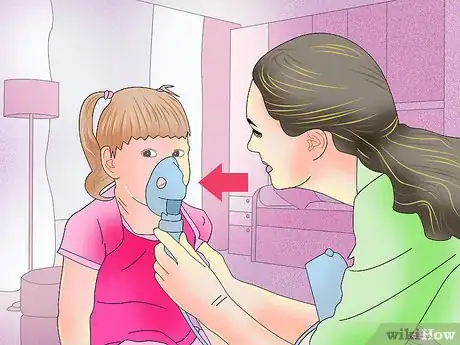
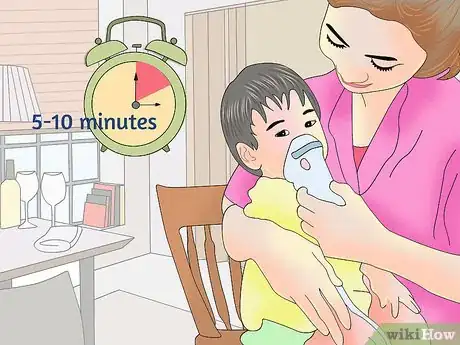
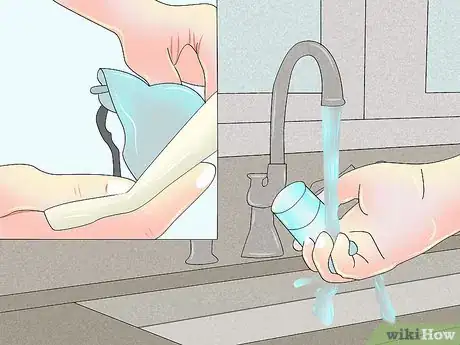
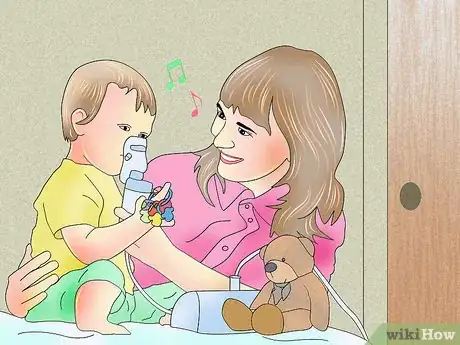
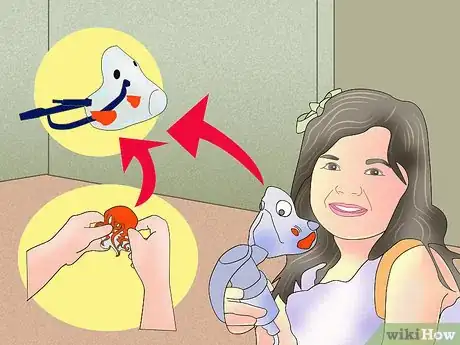
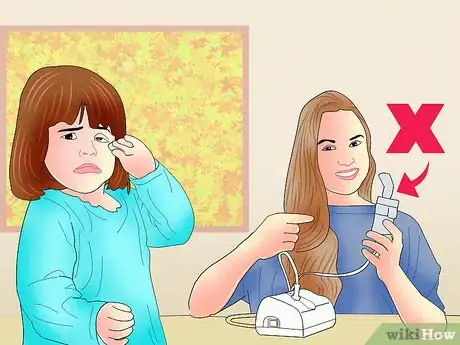
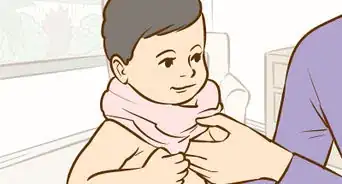
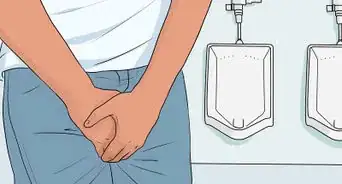
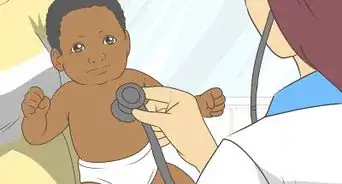
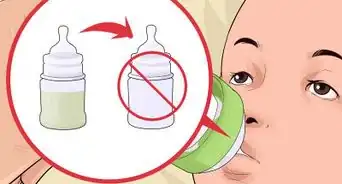
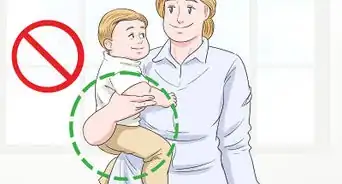
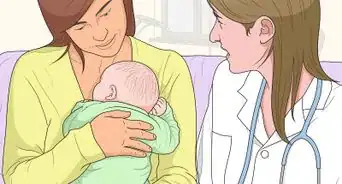
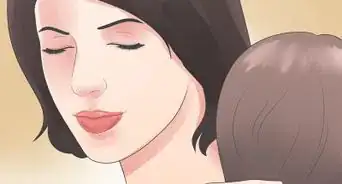
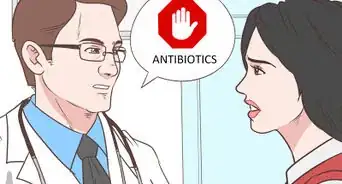
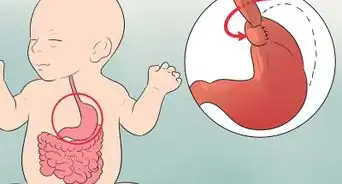
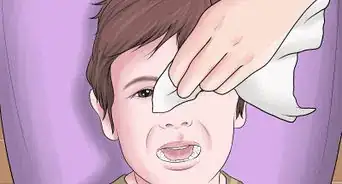

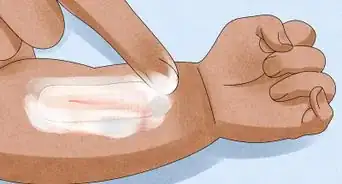
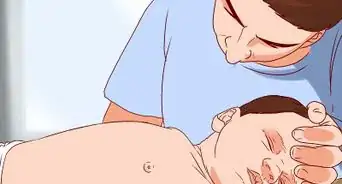









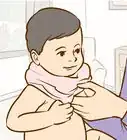
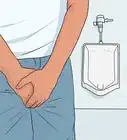
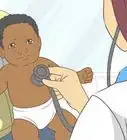
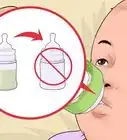



































Medical Disclaimer
The content of this article is not intended to be a substitute for professional medical advice, examination, diagnosis, or treatment. You should always contact your doctor or other qualified healthcare professional before starting, changing, or stopping any kind of health treatment.
Read More...